Decorating with vege-crazy extravagance
Man has always tried to imitate nature, trying to reach an ideal beauty in his yearning for the divine. Plants, in particular, would find their way in the design and decoration of houses, and in paintings, sculptures, handicrafts and jewelry.
In India, Hindu temple architecture was inspired by cacti motifs. In ancient Egypt, as early as 2600 BC, the lotus flower, sacred to the goddess Isis, took the form of pillars in temples and was applied to amulets, ceramics, and papyrus paintings.
The Greeks also used the Egyptian lotus, as well as palm trees, acanthus leaves, olives, grapes and other fruits as decorative elements. Plants and flowers were common ornamentation for architecture and objects in the early Islamic period and would pepper medieval art pieces like the Byzantine mosaics at Ravenna.
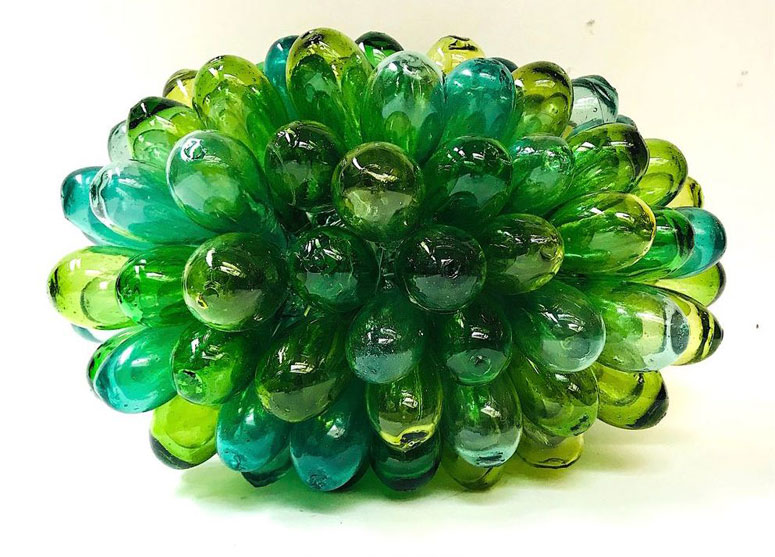
In the Philippines, the Maranaos’ okir design of curvilinear floral and leaf motifs in architecture and crafts have their beginnings in 600 CE and flourished during the Islamization of Mindanao in the 14th century. Gothic architecture in the 13th century employed rose windows, pointed arches that were leaflike in form and arched windows with floral traceries and stained glass with floral and plant designs.
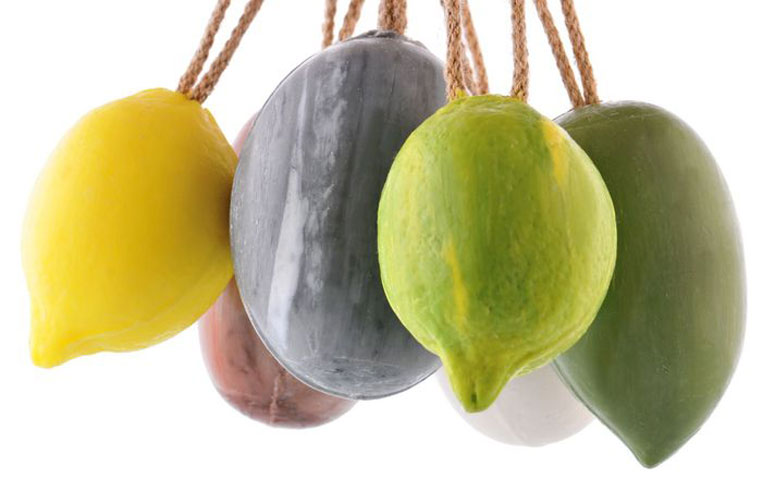
During the Renaissance, botanical imagery proliferated with the growing interest in the realistic depiction of objects from the natural world, appearing in frescoes, textiles and wallpaper. The Baroque and Rococo brought opulence and extravagance to interiors, with intricately ornate and detailed embellishments of foliage prominently featured in furniture and decoration, while the Victorian era was a bit more tempered, channeling the wildness of Rococo in its wallpapers and elaborate textiles with nature themes.

In more modern times, with the advent of the Industrial revolution, the Arts and Crafts movement arose in Great Britain in the mid-19th century to counter mass production and focus on craftsmanship, drawing on folk style that was exemplified by William Morris’ textile and wallpaper patterns informed by natural elements like floral-inspired rectilinear patterns.
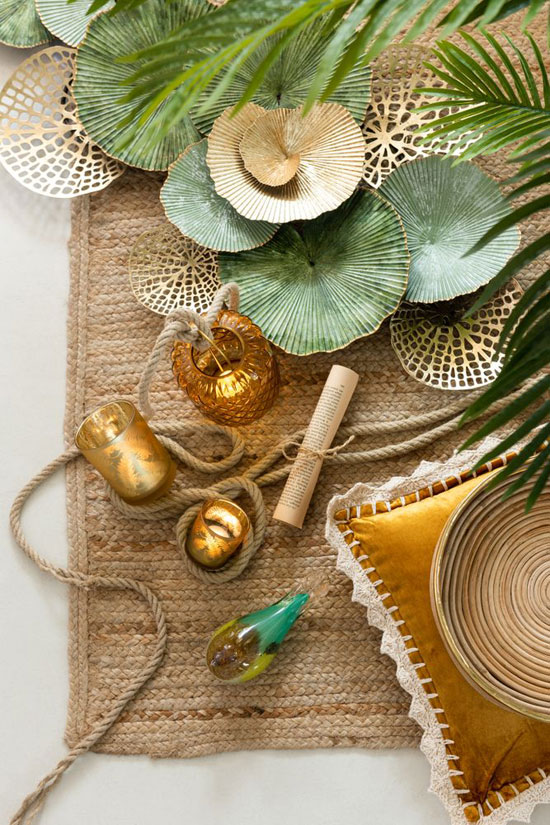
In reaction to 19th-century academic art, eclecticism and historicism, Art Nouveau (1890-1910) took the design aesthetics of Arts and Crafts to a more dramatic level, turning to natural forms for inspiration, particularly the sinuous curves of plants and flowers, which were not limited to 2D surfaces but would be incorporated in building fronts, door frames, staircases, lighting and even vases and tableware.
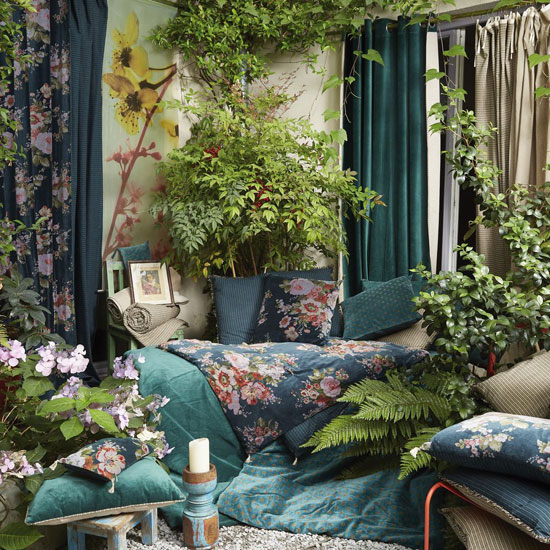
In the Philippines, indigenous foliage like anahaw and banana leaves would be incorporated in the architecture and interior design of the early 1900s.
Although post-modernism did not really produce any nature motifs, its playful spirit helped shape many styles, including botanicals. Even with minimalism, the motif did not disappear but instead became less elaborate, moving towards simpler forms like plant leaves.
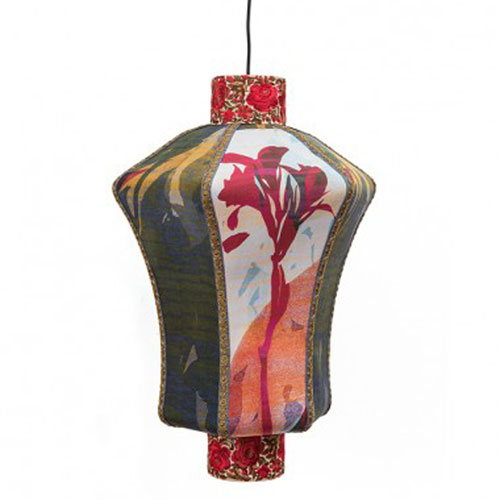
With the current pandemic, there is once again a resurgence of plants and vegetation in interiors and decorating because of the predilection for lightness and the feeling of harmony with nature, which homes need now more than ever. But this time it’s done in a more effusive way or the “Vege-Crazy” way, according to Maison & Objet trend forecaster François Delclaux: “It’s a whole plant kingdom I offer you — all the facets of plant life, with ideas of profusion, exuberance, accumulation and extravagance.”
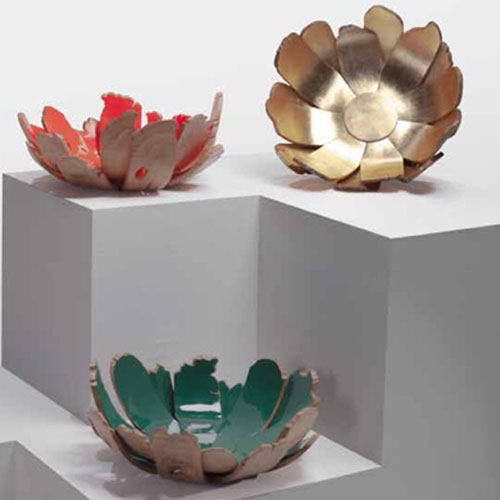
Leaf patterns and florals are particularly oversized, sometimes with very mixed historical styles and patterns but always joyful and inspired. There are updated classical textiles with old-fashioned bouquets of flowers inspired by the 18th and 19th centuries like the florals printed on velvet at Indian Song, a Parisian brand that works with artisans in Jaipur.
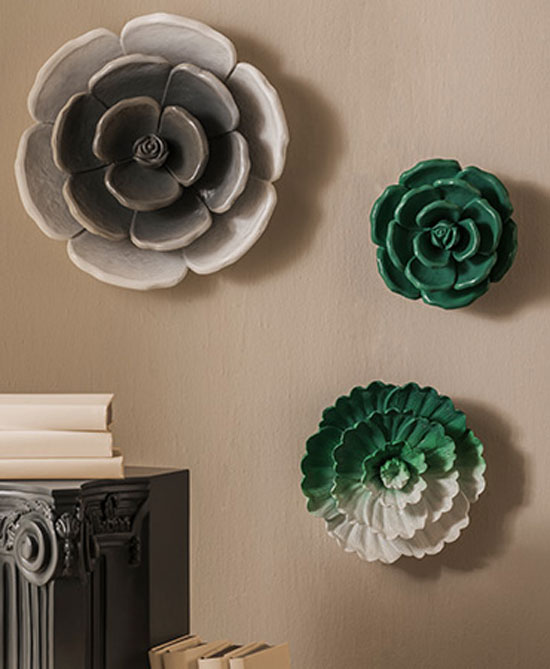
“It feels like we’re pulling out old engravings or like we’re rehabilitating old wallpaper from the last century,” says Delclaux. With a more Asian bent in shape, the lamps from Traces of Me are covered in silk with plant motifs.
There are also botanical and natural materials like coconut, reeds, bamboo, rattan and wicker, as seen in lamps, baskets and decorative objects like those of J-Line.

Soothing shades of green are found all over the home, from decorative accessories to tableware and textiles, which will be in harmony with fruity and floral accents.
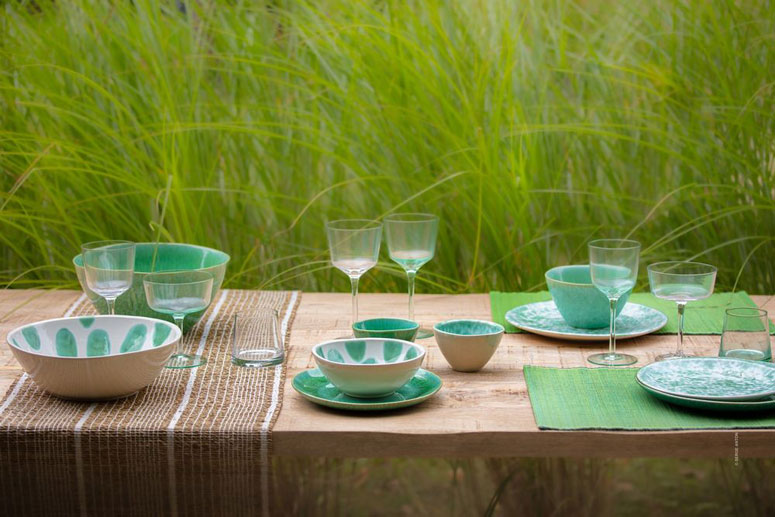
Paperbound from the Philippines, known also for their unique stationery, has sage wallpaper abundant with foliage accented by witty representations of the mythical aswang of indigenous folklore. Other local ateliers that have gone green are JB Woodcraft with its carved floral wall decor in ombré and Cebu Home Craft with their floral bowls.
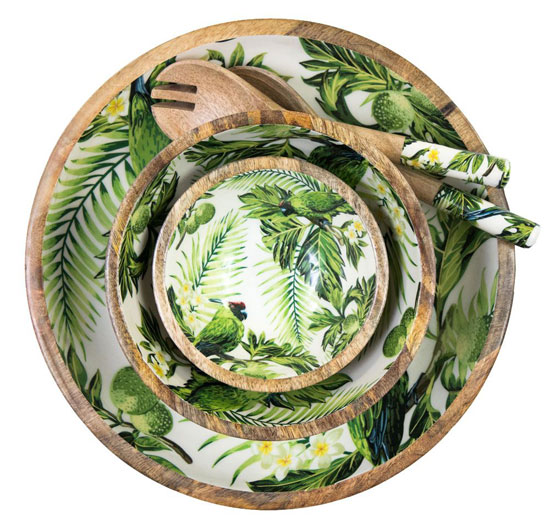
Colors of vegetation abound in kitchen and dining ware in traditional crafts like the Moroccan glazed earthenware of Chabi Chic and the Syrian bubble glass cups of La Maison Dar Dar, the studio that also makes blown-glass lamps.
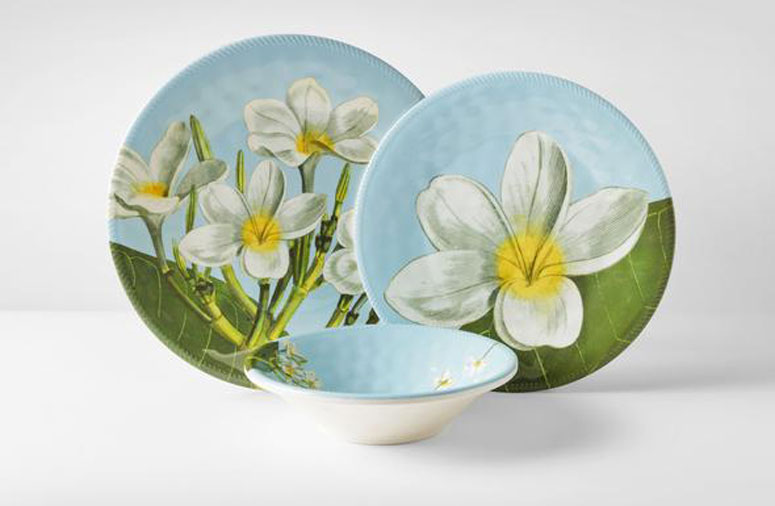
In the Philippines where we have a wide variety of plants and flowers, Lucy Gomez never runs out of inspiration in her hometown of Ormoc. Her line of bone china tableware at online shop Topiary.store, which features indigenous flowers like Medinilla Magnifica and Renanathera Storiei are “a comforting reminder of a poetic and graceful provincial life,” aside from sustaining livelihood projects and indigent families in Leyte.
What could bring more harmony and lightness to a home than dining on beautiful, fine china and knowing that what you purchased also brings happiness to those in need?


